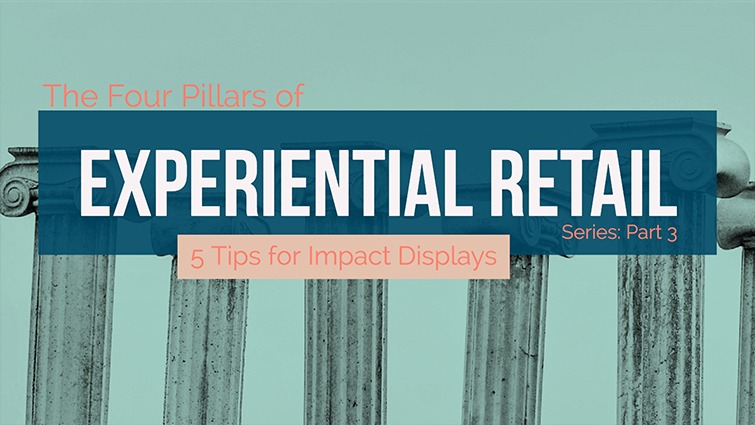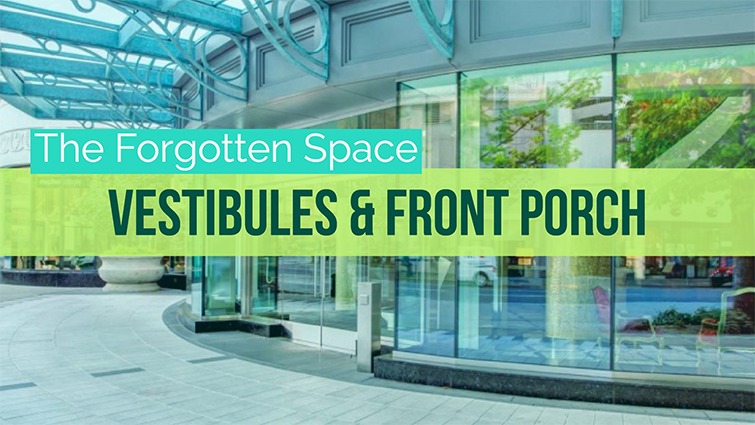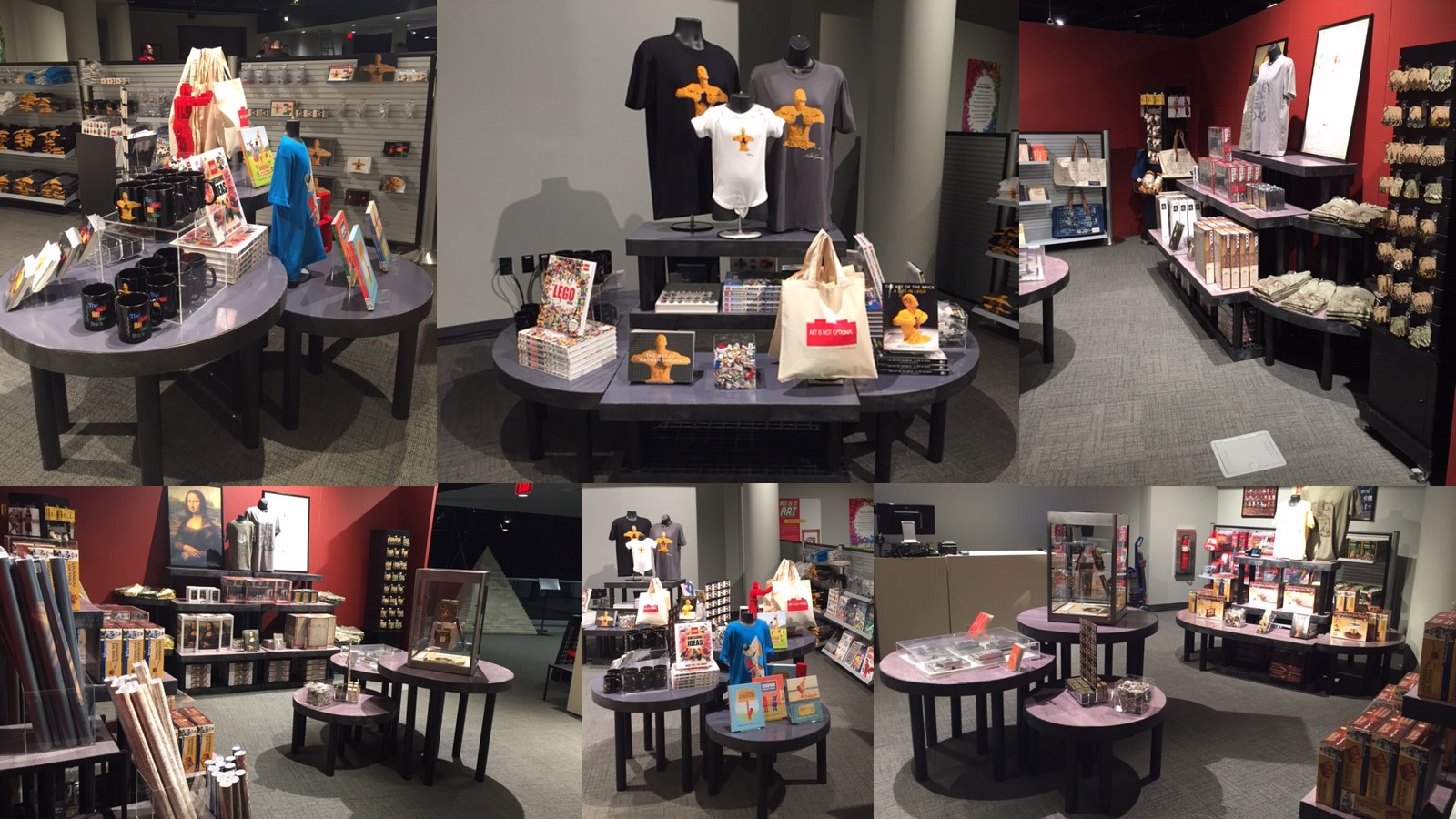Why Experiential Retail is a Top Priority for Brick-and-Mortar Stores
In recent years, retailers have found a powerful way of drawing in consumers: they offer them personalized and engaging experiences. When stores create special diversions and amenities for visitors, it’s called experiential retail.
Nowadays, these techniques are doing nothing less than revolutionizing how people shop for, learn about and interact with products.
The Advantages of Experiential Retail
This kind of retailing can provide emotional benefits to shoppers. In so many cases, people have hectic work and family schedules. When they can enter a store, relax and linger, it becomes an escape. It gets people out of their routines and evokes childlike feelings of pleasure and wonder.
Give consumers an escape from hectic schedules. Allow them to relax and linger. Share on XMillennials in particular prize engagement and unique moments. Many members of this generation research products and services extensively online, which means they don’t require traditional customer service. Instead, when they enter stores, they seek hands-on activities and stimulation.
Different Experiences for Different Customers
These in-store experiences take various forms. For one thing, retail outlets might let visitors try out new products and devices that aren’t yet for sale. They could also set up cafes, wine bars, bakeries and even mini-hair salons.
Shops sometimes let people indulge their passions. They organize book clubs and baking lessons, for instance. Sporting goods stores might establish yoga classes or running clubs for patrons to join.
Experiential retail can have practical purposes. For example, in 2016, the office supplies giant Staples told the public that it would start setting aside parts of its stores as workspaces for people to come in and use.
Special events are possibilities. Maybe a celebrity could drop by to meet fans. Perhaps a store could host a lecture or invite customers to watch a ballgame on an enormous TV. As virtual reality platforms advance, expect to see that technology appear in more and more shops as well.
In some cases, huge new stores are being designed around the experiences they’ll offer. Take the PGA Tour Superstore in Houston, which opened in November 2016. It provides golf lessons from pros and contains a large putting green and a section for practicing swings.
Forging Stronger Brand-Customer Relationships
Experiential retail allows people to get to know brands well. When they’re impressed by a company’s displays or activities, they’re more likely to buy things from it in person or online. And such experiences can make consumers feel more loyal to a certain brand. In that way, they represent a powerful form of advertising.
Moreover, when people have a blast at an experiential retail location, they often recommend that place to friends and family members. Word-of-mouth publicity tends to be especially persuasive.


Plus, retailers often ask people to fill out forms in order to sign up for their special features, and the data on those pages can be exceedingly valuable. Those demographic details can lead to targeted and effective ad campaigns.
Further, given that many people now make some or all of their purchases via the internet, stores don’t need to have as many products in stock as in years past. Thus, they can feel free to devote more space to personalized experiences and storytelling in order to immerse customers in fun environments.
eCommerce allows more in-store floor space for brand storytelling and interactivity. Share on XThe investment advisory company Elite Wealth Management reported that 17.6 billion brick-and-mortar store visits took place in the United States in 2013. That number was down drastically from 34 billion such visits in 2010. Some people might have thought that physical stores were doomed, but experiential retail may permanently reverse that slide in all kinds of thrilling and unpredictable ways.





